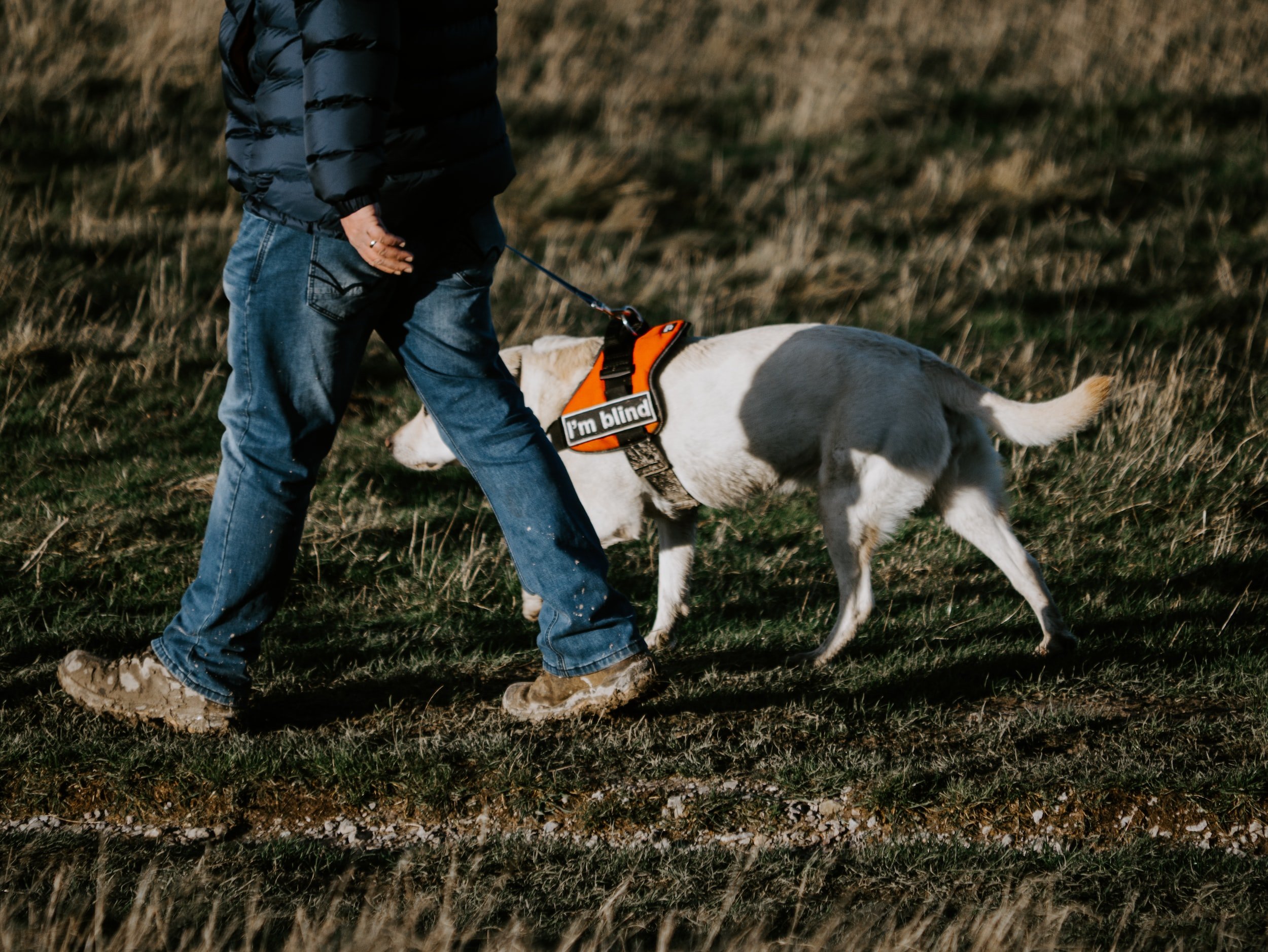
Disability and Accessibility in
the Hare Krishna Movement
How does disability equity work?
There are both visible and invisible disabilities, and the disability community exists on a spectrum. People in the disabled community have shared that they do have agency in their own lives and have asked that their voices be amplified, not spoken for. With that in mind, we hope that the following points will help raise awareness so that able-bodied people can better center and hear from the disabled community on how best to offer support.
Why is disability and accessibility important?
Because our work is rooted in the firm conviction that all people deserve respect, dignity and self-determination, we believe that the promotion of diversity, equity and inclusion must include advocacy for the needs of people with disabilities to be recognized as inseparable from fundamental human rights.
The Sama-Darsinah Initiative understands that all types of exclusion and disempowerment are interconnected and that indifference or prejudices that harm people with disabilities are often compounded by conceptions of racial or ethnic identity, immigration status, gender, sexual orientation, and socio-economic status.
We value collaboration across communities as key to recognizing and dismantling ableism, along with racism, sexism, xenophobia, homophobia, and transphobia, within our movement.
What does disability awareness and inclusivity do?
The best place for biases and toxic stereotypes to form is in a void. The reality is, many of us may not be familiar with the experience of living with visible or invisible disabilities.
Simple exposure to the topic of disability awareness can set the tone and groundwork for how the disabled community is perceived. For instance, there may be subconscious presumptions about what “counts” as a disability or what someone with a disability “looks” like.
By fostering a culture of diversity — or a capacity to appreciate and value individual differences — administrators and leaders benefit from varied perspectives on how to confront challenges and achieve success.
Since disability is a natural part of diversity, temples and centers can benefit by taking steps to ensure people with disabilities are respected and included.
There are subliminal ways words can affect and perpetuate attitudes and perceptions. This is where things like person-first language come into play, prioritizing a person instead of reducing them to their disability. It is also important to learn from the disability community regarding preferred language. No community is a monolith and not everyone will use the same terms to refer to themselves or their experience.
Below are some questions to assess the accessibility of your current facilities and services:
Do you have an access ramp to your facility?
Do you have wheelchair accessible bathrooms?
Is there an elevator that can give access to higher floors?
Is there a microphone and speakers available for classes?
Is there some type of visual aid for classes?
Are your passages and walkways clearly illuminated to prevent tripping?
Is this information available on your website where people can see it and be informed before they make plans to come to your facility?
If you upload videos of your programs, are they captioned?
RESOURCES
Ways To Promote Disability Awareness In The Workplace
Forbes Technology Council
Disability Home Manners
Aaron Ambrose and Sebastian Margaret
5 Ways to Raise Disability Awareness
National FFA Organization


